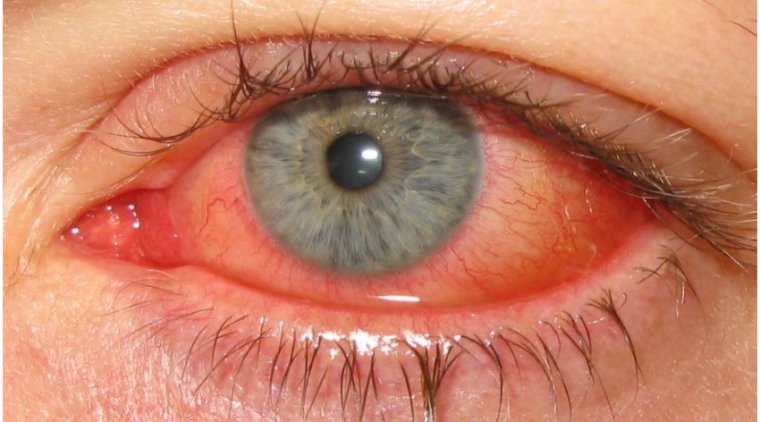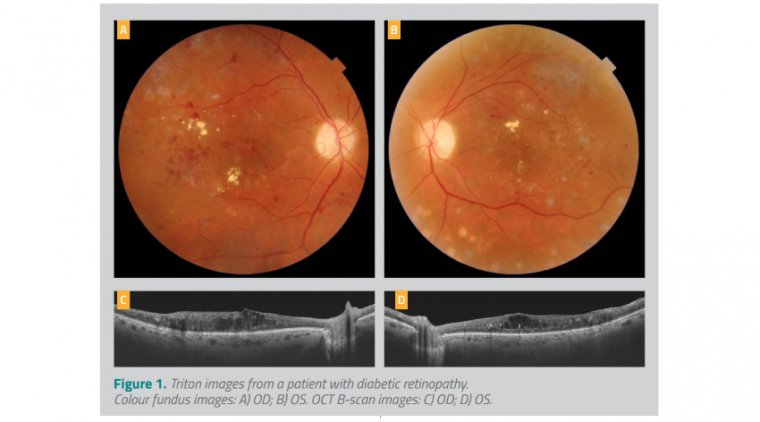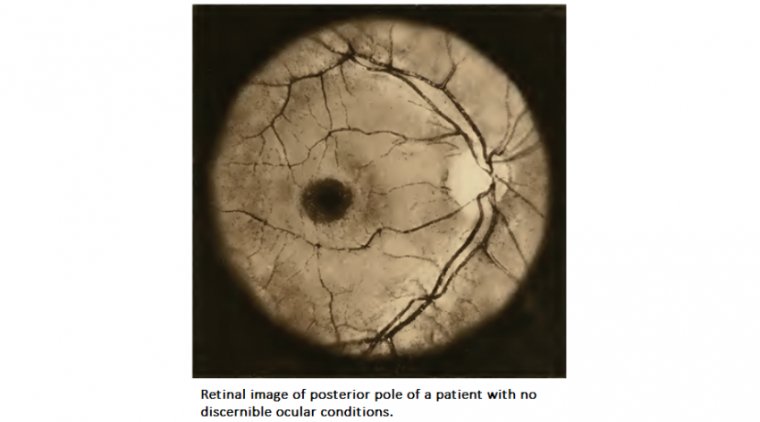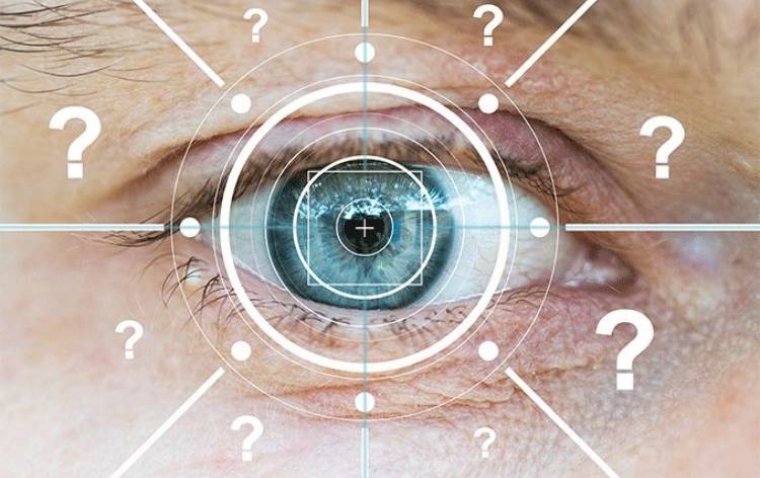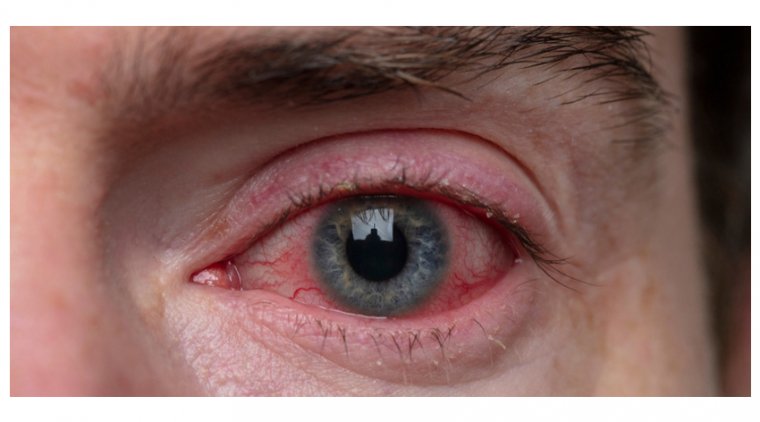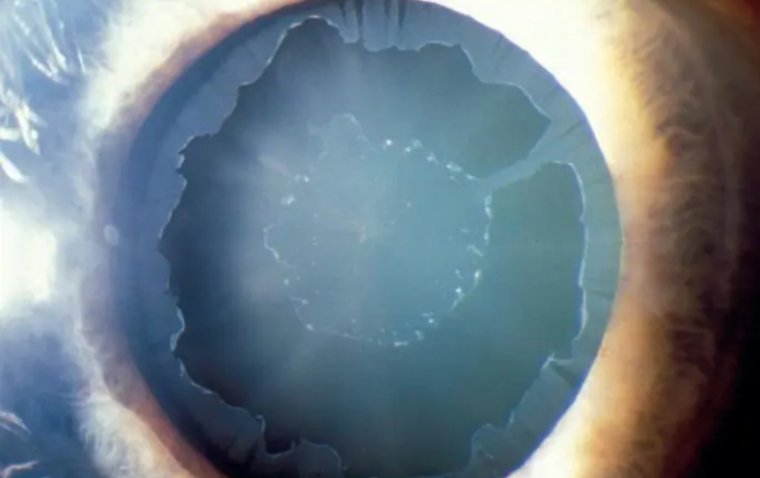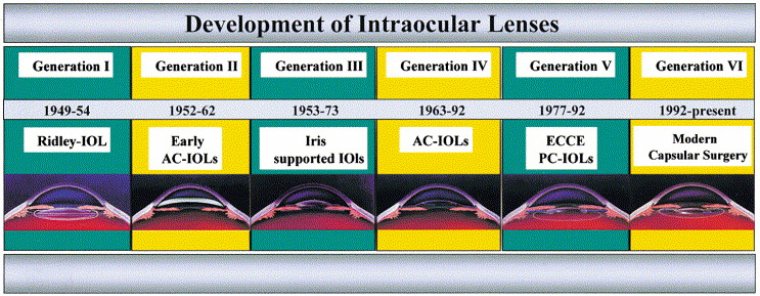
Balint Syndrome: A Neurological Condition Causing Visual Dysfunction
Balint syndrome is a rare neurological condition that affects the ability to perceive, plan and initiate movement, and to direct attention to visual stimuli. It is named after the Hungarian neurologist, Rezső Balint, who first described the condition in 1909.
Causes of Balint Syndrome
The exact cause of Balint syndrome is not well understood, but it is believed to be the result of damage to specific areas of the brain, including the parietal lobes and the superior temporal gyrus. This damage can be caused by a variety of factors, including:
Stroke: A stroke, or sudden loss of blood flow to the brain, is the most common cause of Balint syndrome. The damage caused by a stroke can affect the areas of the brain responsible for movement and attention, leading to the symptoms of Balint syndrome.
Trauma: Trauma to the head, such as from a car accident or fall, can also cause damage to the brain and lead to Balint's syndrome.
Neurodegenerative disorders: Some neurodegenerative disorders, such as Alzheimer's disease and multiple sclerosis, can also cause Balint's syndrome by damaging the brain.
.jpg)
Psychoanatomical substrates of Bálint's syndrome - BMJ Journal
How Can You Know If You Have Balint’s Syndrome?
The symptoms of Balint syndrome can vary depending on the extent of brain damage and the specific areas affected. Common symptoms are listed as:
Difficulty with visually guided movements: People with Balint syndrome may have difficulty initiating and executing visually guided movements, such as reaching for an object or buttoning a shirt.
Difficulty with attention: People with Balint syndrome may have difficulty directing their attention to specific visual stimuli, such as a person's face or a car driving by.
Difficulty with visual memory: People with Balint syndrome may have difficulty remembering what they have seen, such as the location of objects on a table or the features of a person's face.
Difficulty with visual perception: People with Balint syndrome may have difficulty perceiving visual information, such as difficulty recognizing objects or faces.
Is Balint Syndrome Treatable?
While there is no cure for Balint syndrome, treatment options can help to manage symptoms and improve function. Treatment options include:
Physical therapy: Physical therapy can help to improve motor function and coordination, as well as help to prevent muscle weakness and contractures.
Occupational therapy: Occupational therapy can help to improve the ability to perform daily activities, such as dressing and grooming.
Speech therapy: Speech therapy can help to improve communication skills, such as speaking and understanding language.
Cognitive therapy: Cognitive therapy can help to improve attention, memory, and other cognitive skills.
Medications: Medications can be used to manage symptoms of Balint syndrome, such as reducing muscle spasticity or improving memory.
Can Balint Syndrome Improve Over Time?
The prognosis for Balint syndrome can vary depending on the extent of brain damage and the specific areas affected. Some people may experience improvement in symptoms over time, while others may not.
Conclusion
Balint syndrome is a rare neurological condition characterized by difficulties with visually guided movements, attention, visual memory, and visual perception. It is caused by damage to specific areas of the brain, including the parietal lobes and superior temporal gyrus. Treatment options include physical therapy, occupational therapy, speech therapy, cognitive therapy and medications, which can help to manage symptoms and improve function.
FAQ
While there is no cure for Balint syndrome, treatment options can help to manage symptoms and improve function. Treatment options include physical therapy, occupational therapy, speech therapy and more.
(1).jpg)
